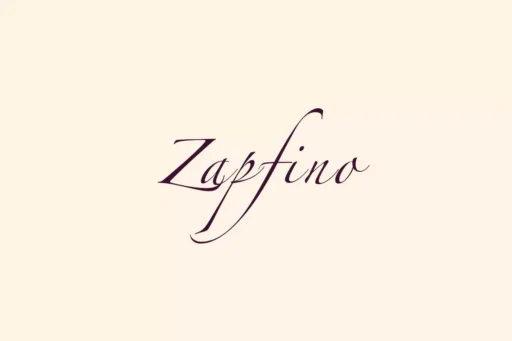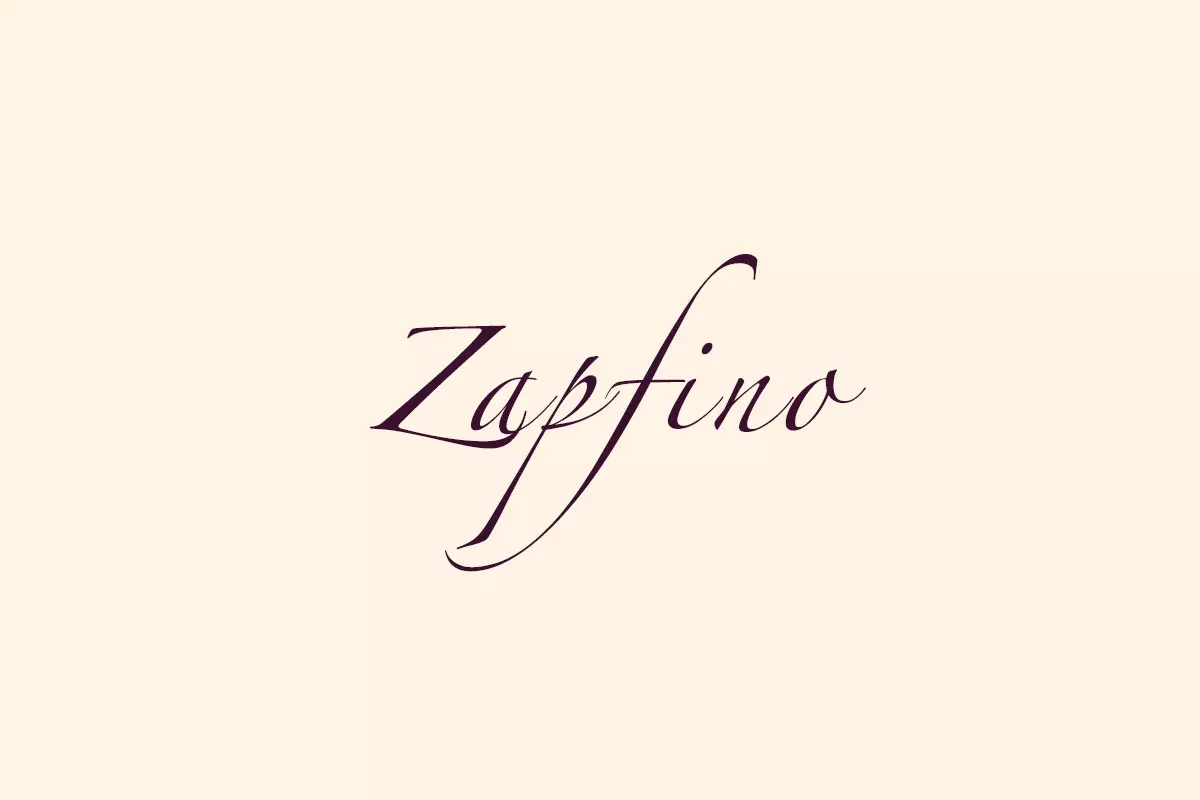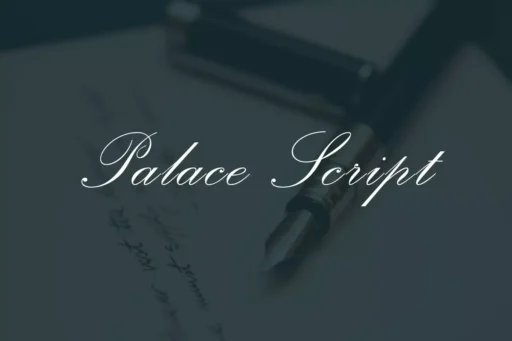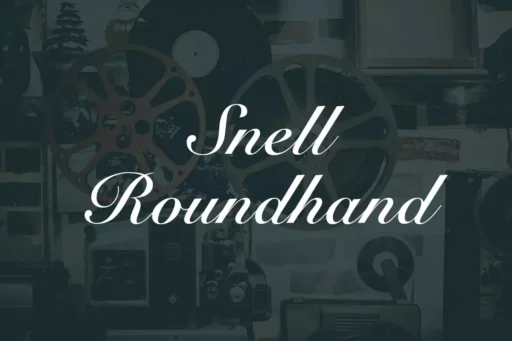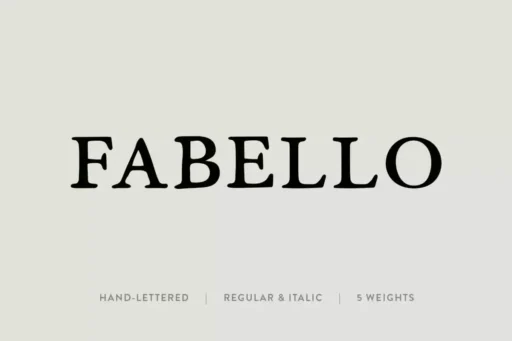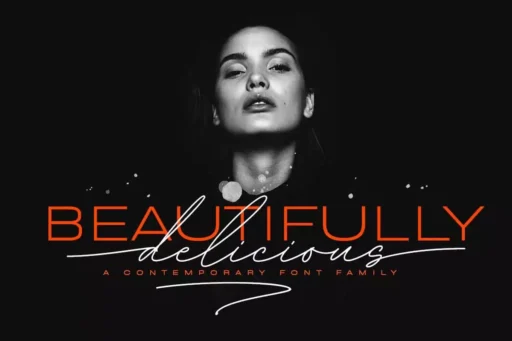Zapfino font was developed in 1998 by Hermann Zapf, one of the greatest type designers. It fuses the classic calligraphic style with the modern requirements of type design. This typeface clearly demonstrates how calligraphy remains relevant even in today’s world of digital typography, translating the essence of handwriting in an elegant and detailed manner.
History
The history of Zapfino starts with Hermann Zapf, a famous typeface designer. In 1944, Zapf developed an alphabet that reflected the art of calligraphy. But it was not until 1998 that this alphabet developed into the digital font Zapfino. Zapf wanted to design a font that imitates handwritten lettering in liquid and dynamic forms. He created Zapfino from Renaissance calligraphy in Italian and French scripts with the help of modern technological advancement in typography.
It was distributed by Linotype; Zapfino was very well-received, with many people noting the fine detailing and the graceful curves. The design community took to this typeface and incorporated it into many designs as well as other forms of creative projects. Realizing the potential of enhancing the features of Zapfino, Hermann Zapf collaborated with Akira Kobayashi to release Zapfino Extra in 2003. This new typeface library offered the best in today’s typography; it offered variety and flexibility and gave the graphic designer a chance to be more creative.
Features
The letterforms of Zapfino are characterized by their elegance and sophistication; the ligatures are detailed, and the stroke weights are not uniform, which gives the font an active and striking aesthetic. Its letters have smooth transitions to make the words appear as if written in joined-up writing, thus improving the legibility. This font contains many characters in every style, including alternate glyphs and swashes that can be suitable to create unique effects for the text and headlines.
Also, Zapfino has numerous character options. The letter “d,” for example, has several forms, and each one has a different stroke. This versatility enables the designers to create a diverse and aesthetically pleasing design where every word is a piece of art.
Usage
Due to its unique characteristics, Zapfino is suitable for certain tasks. It also finds its application effectively in invitations and greeting cards to enhance the looks of occasions. Many artists and designers prefer Zapfino due to the fact that this font can add a unique and creative touch to various projects, such as posters and logos. This font is perfect for such creative uses as it is capable of conveying emotion as well as grasp the attention of the viewer.
When it comes to typography Zapfino is a masterpiece especially when in use for display purposes. Its calligraphic flair makes it perfect for grabbing the reader’s attention, and therefore, it is perfect for headlines, titles, and other short form texts. When designing a magazine cover, a website banner, or a product label, Zapfino gives your text a distinct look that puts the message across in style.
Similar Fonts to Zapfino Font
Zapfino is in a class of its own, and many other fonts share similar calligraphic features. Some of them include
Kuenstler Script: This font has a more conservative calligraphic look than Zapfino but still has some flair to it.
Snell Roundhand: This font, Snell Roundhand, gives a very old-age feel like someone would write a letter in the 17th or 18th century.
Edwardian Script: This font resembles early 20th century calligraphy, with soft lines and elegant ornaments.
Zapfino Font Free Download


